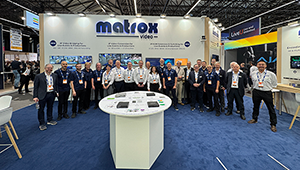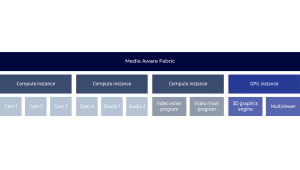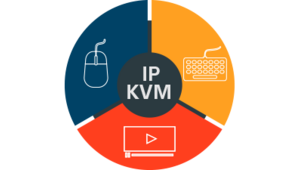News
Here’s a look at the essentials for OB production, along with a real-world example of how AMV boosted its mobile workflow efficiency with Matrox Extio 3.
This playbook highlights the key strategies and technologies shaping the future of sports broadcasting and how you can use them to stay efficient, flexible, and deeply connected to your audience. For sports fans, new technologies are enhancing their experience and engagement, making it essential to understand and cater to their evolving needs.
IBC 2025 was nothing short of electric. This year, Matrox Video took center stage in Amsterdam with solutions that made it clear: the future of broadcast and live production is flexible, scalable, and open standards-based.
Control rooms are shifting to IP-based systems, which improve scalability, reach, and cloud-readiness. Open standards like IPMX, combined with smart conversion tools, are essential to ensure seamless interoperability, reduce latency risks, and maintain operational resilience in mission-critical environments.
Scaling is one of the defining challenges of modern live media production. With the industry’s move toward IP-based and cloud-enabled workflows, expectations have shifted. Systems that grow without constraint, adapting to production needs in real time have become essential.
Discover how broadcast and professional AV are converging through IP-based media systems.
Open standards and IP conversion have become critical in addressing the challenges posed by this diversity of video formats and protocols in live events.
From award-winning tech to impressive presentations and packed demos, Matrox Video showcased how our IP-based technologies are shaping the future of Pro AV at InfoComm 2025.
A KVM over IP extender allows you to remotely access, monitor, and control multiple systems from a single workstation or operator console. In this article, we explore the key benefits of IP KVM extenders and the industries who use the technology.
In this article, we describe AV over IP technologies: intraframe encoding, interframe encoding, and uncompressed video transmission. We also outline the considerations involved in selecting the best option for your AV over IP deployment.










